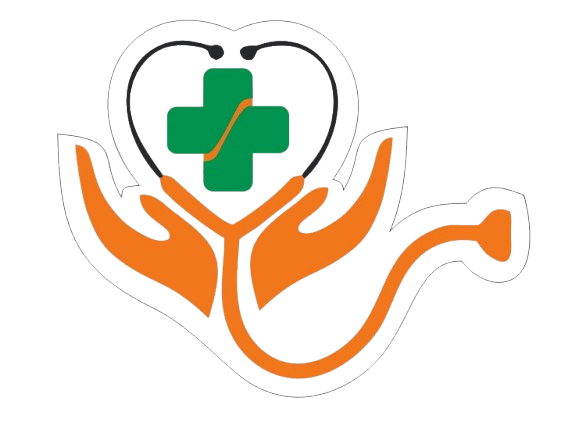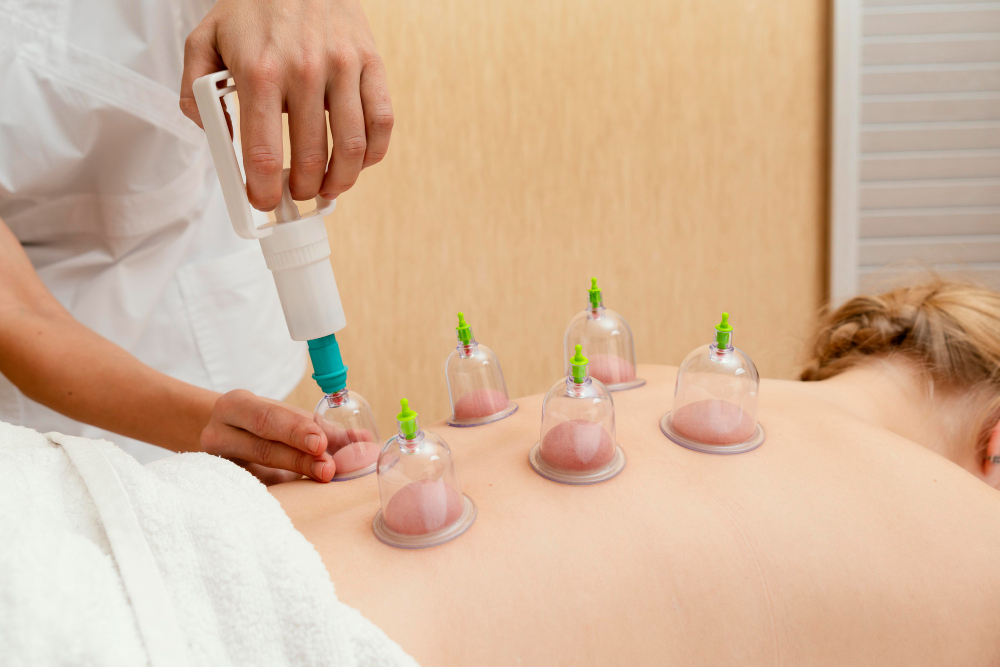Introduction to Cupping Therapy
Cupping therapy is an ancient healing method. It uses special cups placed on the skin to create suction. Many people try cupping therapy for pain relief and relaxation. In fact, this practice has roots in traditional Chinese and Middle Eastern medicine. Today, physiotherapists often use cupping therapy as part of physical medicine and rehabilitation. Because of its growing popularity, you may have seen athletes or celebrities with round marks on their skin. These marks are often from cupping therapy sessions.
How Cupping Therapy Works
During a cupping session, a therapist places cups on your skin. These cups can be made of glass, silicone, or plastic. Next, the therapist creates suction inside the cup. This can be done by heating the air inside the cup or using a pump. As a result, your skin and a small area of muscle are gently pulled upward. Usually, the cups stay in place for 5 to 15 minutes. After the session, you may notice round marks where the cups were placed. These marks are usually painless and fade within a few days.
Key Benefits of Cupping Therapy
Cupping therapy offers several possible benefits. Many people seek it for pain relief and muscle relaxation. Let’s look at some of the main benefits:
Scientific Evidence and Safety
Several studies have looked at cupping therapy benefits. For example, research in medical journals suggests it may help with chronic pain and muscle tightness. However, more high-quality studies are needed to confirm all effects. According to the World Health Organization (WHO), cupping is generally safe when performed by trained professionals. Still, it is important to choose a qualified therapist. This helps lower the risk of side effects and ensures proper technique. If you wonder, “Is cupping therapy safe?”—the answer is yes, for most healthy people, when done correctly.
Who Should Consider Cupping Therapy?
Cupping therapy may help many people. You might consider it if you:
However, always talk to your healthcare provider first. They can help decide if cupping therapy is right for you. If you search for “cupping therapy near me,” be sure to choose a licensed therapist.
Precautions and Possible Side Effects
While cupping therapy is safe for most people, there are some precautions. You should avoid cupping if you have:
Possible side effects include:
Therefore, always choose a trained and certified therapist. This helps keep the procedure safe and effective.
Conclusion and Next Steps
In summary, cupping therapy offers several benefits, such as pain relief, better blood flow, and muscle relaxation. Although more research is needed, many people find it helpful. Before you try cupping therapy, consult a qualified physiotherapist or healthcare provider. They can guide you on the best options for your health and safety.

